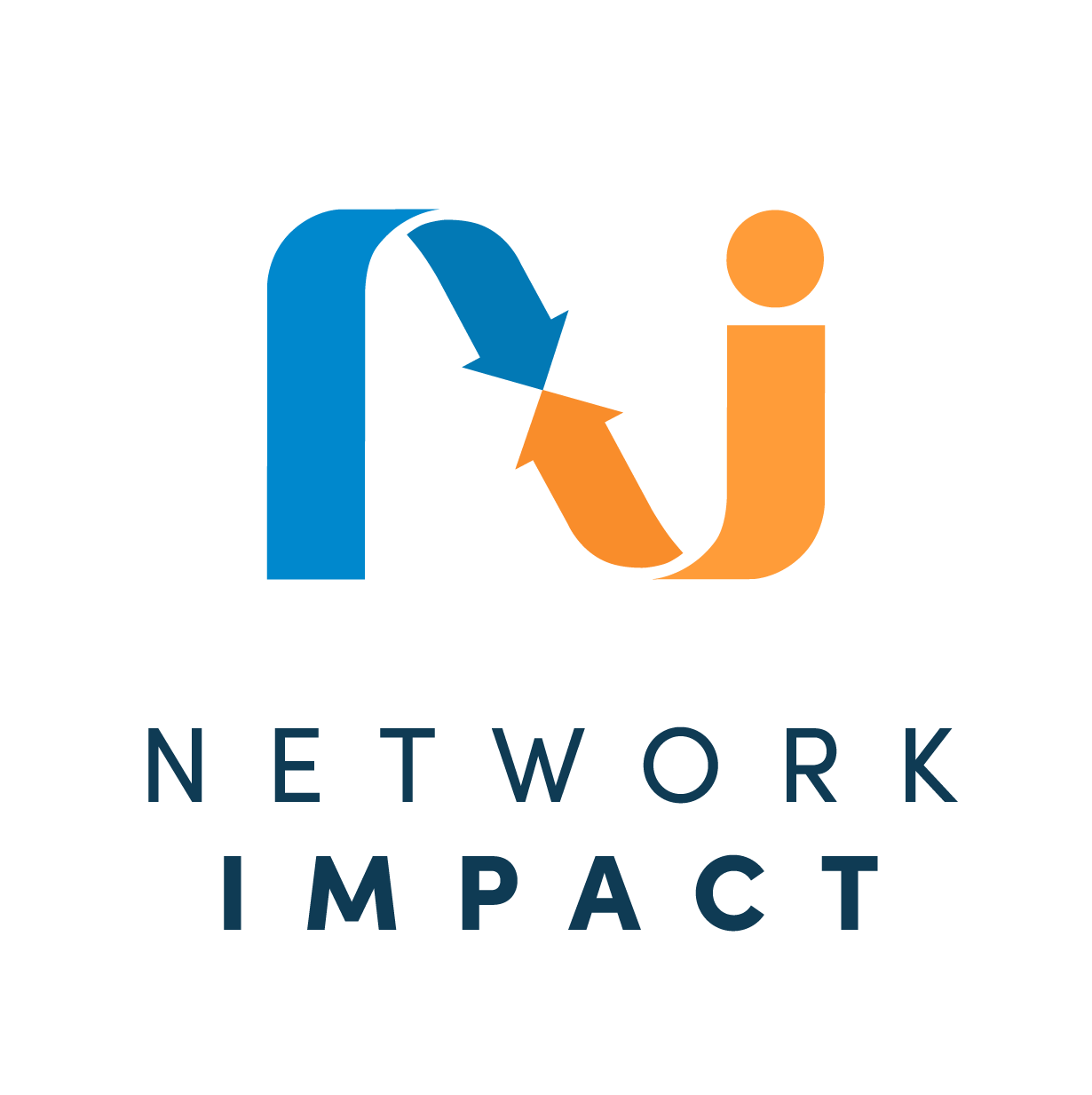Network Evaluation: What’s Different?
June 2010
An evaluation plan recently prepared by Network Impact shows how assessing a network does–and doesn’t–differ from assessing an organization.
The assignment: evaluate the impact of a loose network of 100s of people around the US–on its members and on other people and organizations.
First step–as with an organization evaluation–is to establish the purpose of the network. But then it’s important to understand the form/structure or “shape” of the network, a matter that veers away from organization evaluation. The shape of a network–the ways in which connections/transactions among members distribute and concentrate–affects the functionality of the network. A network built around “key hubs” may be most effective in spreading ideas rapidly and widely whereas a network built around a dense cluster of connections can facilitate the transfer of complex information and promote peer exchange.
What matters next is to determine what the members hold as value propositions for participating in the network. This, too, diverges from an organization evaluation. Even though an organization’s employees will hold value propositions for their work in the organization (they love the mission of the organization; the organization fits their professional path; they need a job), the types of value propositions will be different from those of people voluntarily associated with a network.
Then, it’s on to what is being transacted by members with each other and the degree to which transactions are leveraged through the network to other members. This sort of analysis could be applied to an organization, to learn more about its culture, and the implicit ways in which work gets done. But with a network, it’s an absolutely necessary part of the evaluation, while in an organization it’s more of a discretionary practice.
When looking at the connections among network members, in other words, it’s essential to ask:
• How are connections configured?
• What flows through the connections?
• What is the strength of the connections (intensity, regularity)?
• How to the patterns of connection structure, content, intensity, and outcome evolve over time?
Answering these questions, along with those about members’ value propositions, provides the basic data for evaluating the network. Quite a bit of this data and analysis is not what you’d need to evaluate an organization’s impact.
